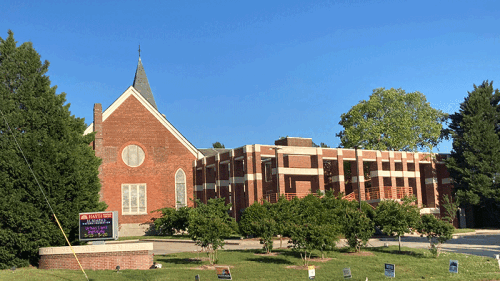New technologies and methods of data collection can lead to drastic improvements in city governance, says Martin O’Malley, former Baltimore mayor and governor of Maryland, and now a senior fellow and advisory council chair for MetroLab Network, a U.S.-based partnership of 41 cities, four counties, and 55 universities.
Delivering the keynote address at the ULI Ireland Conference in Dublin in October, O’Malley made the case for a new model of city leadership that harnesses the power of technology and prioritizes collaboration, interactivity, and transparency. He said use of big data, alerts, and predictive analytics by municipal governments has the potential to drastically improve the lives of city residents.
“Quality of life is at the heart of every definition of the smart city,” said O’Malley, who also ran for U.S. president in the last election. “Every mayor in every language in every city wants to make their city cleaner, safer, healthier—a better place for children to grow up.”
O’Malley has witnessed firsthand the transformative power of collecting and analyzing data in cities. When he was elected mayor, Baltimore was, in his words, “the most violent, addicted, and abandoned city in America.” Implementation of CitiStat, an interactive data-tracking and performance management tool, became a turning point for Baltimore, he said. Initially created to find savings and cut government waste, CitiStat ultimately helped Baltimore lower its crime rate and tackle a range of problems that were affecting people’s day-to-day lives.
Through the tracking of crime trends, CitiStat allowed Baltimore to deploy police officers where crime was most likely, as opposed to the past practice of sending equal numbers of officers to each neighborhood. With a feature that allowed residents to report potholes, the platform enabled Baltimore to uphold a “48-hour pothole guarantee”—that potholes reported in the system would be repaired within two days. And by using the tool to map vacant houses, the city was able to take the titles of abandoned properties and consolidate land parcels.
Along with his example of crime reduction in Baltimore, O’Malley shared best practices from cities around the world that use data and technology to improve the lives of residents.
Many cities use analytics and alerts to address environmental issues—from Dublin, which has solar-powered dustbins that send an alert when they are full; to Wellington and Kaikoura, New Zealand, which use geospatial tools to predict building damage during earthquakes; to San Francisco and Oakland, which use sensors to map air pollution.
Other cities, such as Pittsburgh, use sensors to detect problems with infrastructure and alleviate traffic problems. Pittsburgh has connected its traffic signals to motion sensors so they can respond to traffic and the presence of pedestrians. The city also has equipped some of its bridges with sensors to detect structural stress.
New technologies have also been used to protect the most vulnerable people in cities. Singapore has piloted use of a device that monitors the movements of the elderly in their homes, alerting a caregiver if no movement is detected. Use of predictive analytics has also allowed many cities to intervene earlier in the lives of at-risk children, and to reduce infant mortality by pinpointing the areas where mothers and babies are at the greatest risk.
In order for these technologies to improve cities, it is essential that there be an exchange of information between city leaders and the people they serve, O’Malley said.
“In the information age, people know as much as their leaders,” he said. “Leaders must be at the center of the collaborative circle.”
O’Malley also suggested that by implementing transparent, data-driven strategies, cities can become pioneers of new modes of governance. “Cities are at the forefront of a really big evolution in self-governance,” he said. “[They have] the ability—in real time—to manage things and monitor the environment, actions, and interactions for greater health, well-being, and prosperity for all.”




